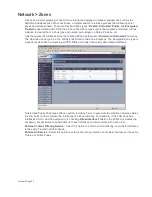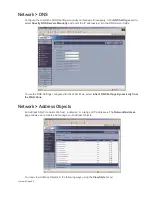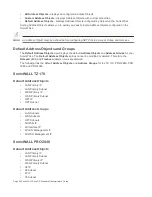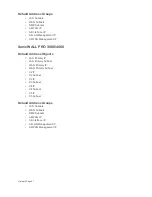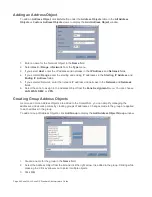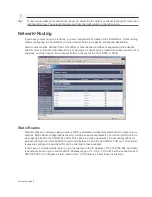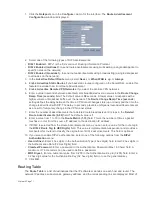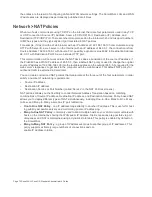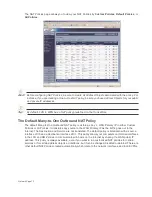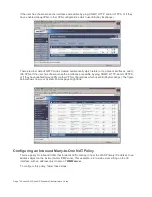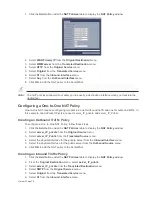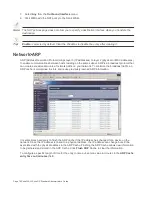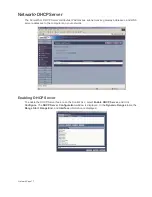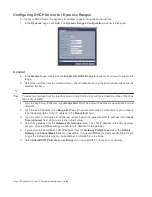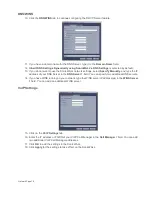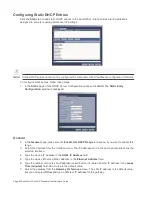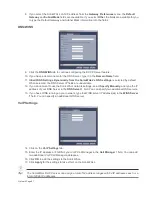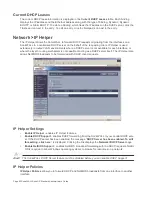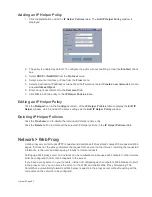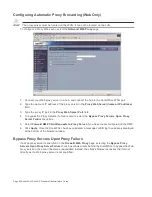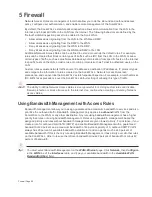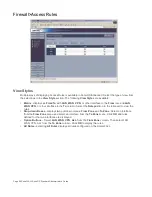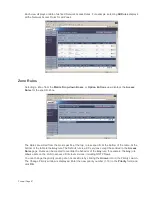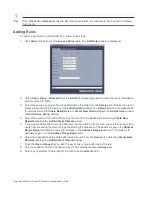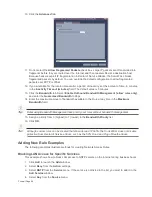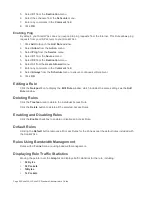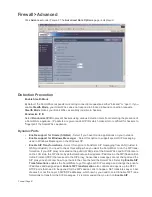
Page 76 SonicWALL SonicOS Standard Administrator’s Guide
7.
Select Any from the Outbound Interface menu.
8.
Click OK to add the NAT policy to the SonicWALL.
Note:
The NAT policies page does not allow you to specify a destination interface when you translate the
destination.
Tip!
Enable is selected by default. Clear the checkbox to disable the policy after creating it.
Network>ARP
ARP (Address Resolution Protocol) maps layer 3 (IP addresses) to layer 2 (physical or MAC addresses)
to enable communications between hosts residing on the same subnet. ARP is a broadcast protocol that
can create excessive amounts of network traffic on your network. To minimize the broadcast traffic, an
ARP cache is maintained to store and reuse previously learned ARP information.
It is sometimes necessary to flush the ARP cache if the IP address has changed for a device on the
network. Since the IP address is linked to a physical address, the IP address can change but still be
associated with the physical address in the ARP Cache. Flushing the ARP Cache allows new information
to be gathered and stored in the ARP Cache. Click Flush ARP Cache to clear the information.
To configure a specific length of time for the entry to time out, enter a value in minutes in the ARP Cache
entry time out (minutes) field.
Summary of Contents for SonicOS Enhanced 2.2
Page 19: ...Page 6 SonicWALL SonicOS Standard Administrator s Guide...
Page 45: ...Page 32 SonicWALL SonicOS Standard Administrator s Guide...
Page 65: ...Page 52 SonicWALL SonicOS Standard Administrator s Guide...
Page 141: ...Page 128 SonicWALL SonicOS Standard Administrator s Guide...
Page 185: ...Page 172 SonicWALL SonicOS Standard Administrator s Guide...
Page 188: ...Page 175...
Page 189: ...Page 176 SonicWALL SonicOS Enhanced Administrator s Guide...


